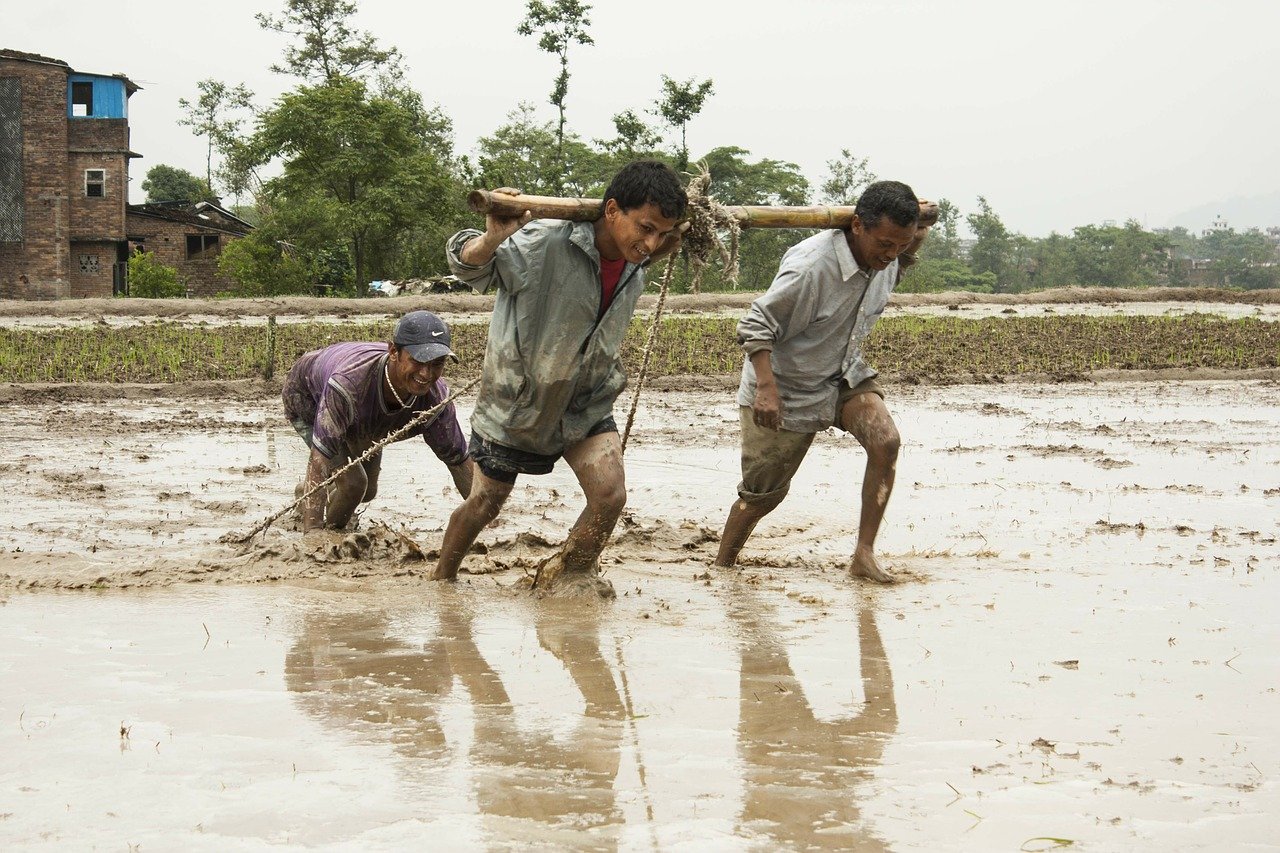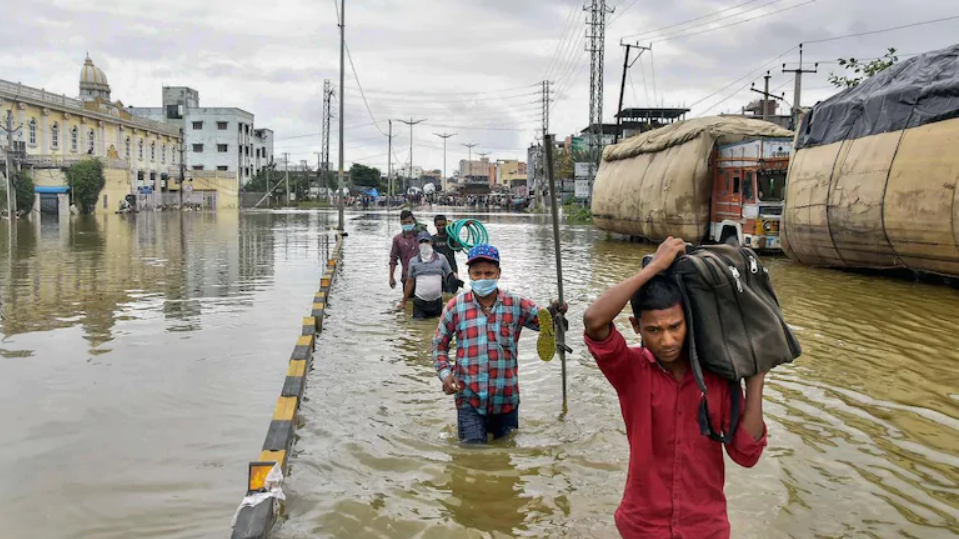Agriculture and Food Security: The Parting due to Climate Change
3 mins read
•
Updated 1 year ago

One of the most devastating aspects of
Climate Change is the impact that it will have on the production of food across the world. Agriculture is directly related to and dependent on the environment, and fluctuations in climatic conditions could cause widespread destruction of crops as well as change in the availability of arable land. There are simultaneous challenges from floods and drought, with shifts in weather trends. Both extremes could wreck crops. Flooding washes away productive topsoil reliant on by farmers for production, although droughts dry it out, rendering it harder from being swept away. Higher temperatures raise the water needs of crops and render them much more fragile during dry periods. This would inevitably impact the availability of food in a country like India where agriculture is the primary occupation of the people. In terms of cost, since agriculture makes up roughly 16 percent of India’s GDP, a 4.5 to 9% negative impact on production implies a cost of Climate Change to be roughly up to 1.5 percent of GDP per year.Food security and Agriculture are inextricably linked. Food security is defined as the ability of all persons to enjoy economic, social and physical access to safe, healthy, nutritious food in order to meet their dietary requirements to lead a healthy, active life. A huge roadblock in the path to food security is undoubtedly Climate Change.
Climate Change could have a potentially devastating impact on India’s food security which is already below par, with the country languishing at 76th position in the Global Food Security Index in 2018. Climate Change will not only adversely impact quantity and quality of produce but also drive up prices in several parts of India which would be disastrous for the large number of poor people in the country.The Indian agricultural sector is widely known for its inefficiency( high costs and low yields due to wrong choice of crop or lack of resilience) and is already plagued by ever shrinking land holdings by farmers. The climatic variability produced by more frequent and intense weather events including unpredictable rainfall, flooding, drought can upset the stability of individuals’ and government food security strategies, creating fluctuations in food availability, access and utilization. Increased severity and frequency of natural disasters and erratic hydrological cycles are bound to disrupt nation-wide produce as Indian agriculture remains heavily dependent on the monsoons. Any change in ecological or environmental variables will impact various environment-related activities in India. While agricultural issues will directly impact food production and consumption, another unfortunate reality is the effect of Climate Change on the incomes of individuals. The effects of Climate Change have the potential to therefore completely destabilize the sector and severely impact production of food in the country.
A core aspect of food security is
climate smart sustainable agriculture, which is actively supported by the Indian government. Together with other missions under the National Action Plan on Climate Change (NAPCC), the National Mission for Sustainable Agriculture addresses the risks of Climate Change and aims to increase agricultural productivity, particularly in rainfed areas that focus on integrated farming, soil health management, and resource conservation synergies. Apart from this, the Indian Council of Agricultural Research (ICAR) has introduced National Innovations on Climate Resilient Agriculture (NICRA) in 2011 as a project which aims to enhance resilience of Indian agriculture to Climate Change and climate vulnerability through strategic research and technology demonstration. However, many challenges persist for broader implementation of climate-adaptive sustainable farming methods, modern technologies and agricultural growth strategies covering vast areas of land by small farmers, who still lack infrastructure and capital and they make up most of the section of all farmers.agriculture
food security
climate change
hunger
India
Author
Related Articles

Assam Floods and Climate Change: Addressing the elephant in the room
Flood in Assam is an annual phenomenon. Across the years, it has aggravated and disproportionately affect populations in the lowest economic strata in the state and the marginalised communities whose livelihood, shelter and access are disrupted.
Read more

Climate Change and Urban Infrastructure in Relevance to Hyderabad Flooding
Climate Change and Urban Infrastructure in Relevance to Hyderabad Flooding by Gurleen Kaur Matharu
Read more

Water and Climate Change: Lessons learnt from Chennai Floods
Read more

The Amazon Rainforest and Climate Change
Read more